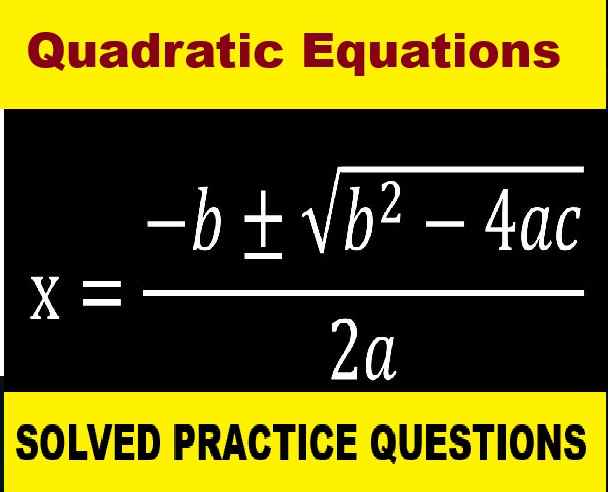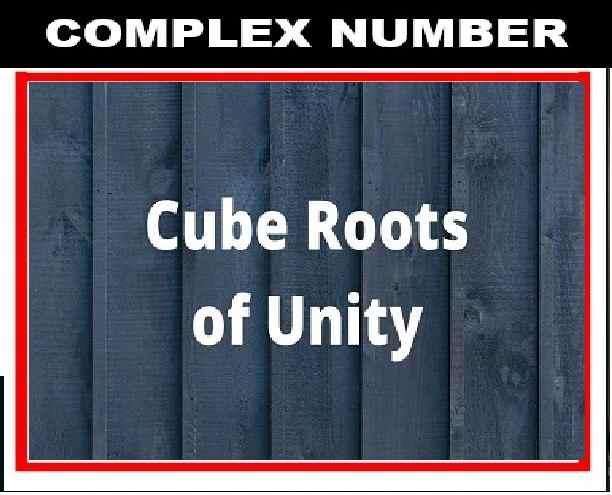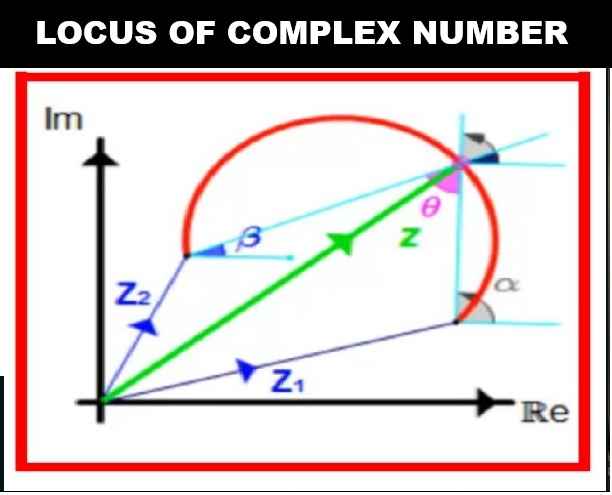ML Aggarwal Rational and Irrational Number Exe-1.3 Class 8 ICSE Maths Solutions. We Provide Step by Step Answer of Exe-1.3 Questions for Rational and Irrational Number as council prescribe guideline for upcoming board exam. Visit official Website CISCE for detail information about ICSE Board Class-8.
ML Aggarwal Rational and Irrational Number Exe-1.3 Class 8 ICSE Maths Solutions
| Board | ICSE |
| Publications | Avichal Publishig Company (APC) |
| Subject | Maths |
| Class | 8th |
| Chapter-1 | Rational and Irrational |
| Writer | ML Aggarwal |
| Book Name | Understanding |
| Topics | Solution of Exe-1.3 Questions |
| Edition | 2023-2024 |
Rational and Irrational Number Exe-1.3
ML Aggarwal Class 8 ICSE Maths Solutions
Page-16
Question 1. Multiply and express the result in the lowest form:
(i) 6 / – 7 × 14 / 30
(ii) 6(2/3) x 1(2/7)
(iii) 25 / – 9 × – 3 / 10
Answer :
(i) 6 / – 7 × 14 / 30
= (6 × 14) / (- 7 × 30)
= 84 / – 210
= (84 ÷ 42) / (- 210 ÷ 42)
∵ HCF of 84, 210 = 42
= 2 / – 5
= {2 × (- 1)} / {- 5 × (- 1)}
= – 2 / 5
(ii) 6(2/3) x 1(2/7)
= 20 / 3 × 9 / 7
= (20 × 9) / (3 × 7)
= 180 / 21
= (180 ÷ 3) / (21 ÷ 3)
∵ HCF of 180, 21 = 3
= 60 / 7
= 8(4/7)
(iii) 25 / – 9 × – 3 / 10
= {25 × (- 3)} / {(- 9) × 10}
= – 75 / – 90
= {- 75 ÷ (- 15)} / {- 90 ÷ (- 15)}
∵ HCF of 75, 90 = 15
= 5 / 6
Question 2. Verify the commutative property of multiplication for the following pairs of rational numbers:
(i) 4 / 5 and – 7 / 8
(ii) 13(1/3) and 1(1/8)
(iii) – 7 / – 20 and 5 / – 14
Answer :
(i) 4 / 5 and – 7 / 8
4 / 5 × – 7 / 8
= {4 × (- 7)} / 5 × 8
= – 28 / 40
and
– 7 / 8 × 4 / 5
= (- 7 × 4) / (8 × 5)
We get,
= – 28 / 40
Hence, 4 / 5 × (- 7 / 8) = – 7 / 8 × 4 / 5
(ii) 13(1/3) and 1(1/8)
40 / 3 and 9 / 8
40 / 3 × 9 / 8
= (40 × 9) / (3 × 8)
= 360 / 24
= 15
9 / 8 × 40 / 3
= (9 × 40) / (8 × 3)
= 360 / 24
= 15
Hence, 40 / 3 × 9 / 8 = 9 / 8 × 40 / 3
(iii) – 7 / – 20 and 5 / – 14
– 7 / – 20 = {- 7 × (- 1)} / {- 20 × (- 1)}
= 7 / 20
Now, 7 / 20 and 5 / – 14
7 / 20 × 5 / – 14
= (7 × 5) / 20 × (- 14)
= 35 / – 280
5 / – 14 × 7 / 20
= (5 × 7) / (- 14 × 20)
= 35 / – 280
Hence, 7 / 20 × 5 / – 14 = 5 / – 14 × 7 / 20.
Question 3. Verify the following and name the property also:
(i) 3 / 5 × (- 4 / 7 × – 8 / 9) = (3 / 5 × – 4 / 7) × – 8 / 9
(ii) 5 / 9 × (- 3 / 2 + 7 / 5) = 5 / 9 × – 3 / 2 + 5 / 9 × 7 / 5
Answer :
(i) 3 / 5 × (- 4 / 7 × – 8 / 9) = (3 / 5 × – 4 / 7) × – 8 / 9
L.H.S. = 3 / 5 × (- 4 / 7 × – 8 / 9)
= 3 / 5 × (- 4 × – 8) / 7 × 9
= 3 / 5 × 32 / 63
= (3 × 32) / (5 × 63)
= 96 / 315
R.H.S. = (3 / 5 × – 4 / 7) × – 8 / 9
= – 12 / 35 × – 8 / 9
= {- 12 × (- 8)}/ (35 × 9)
= 96 / 315
Therefore, 3 / 5 × (- 4 / 7 × – 8 / 9) = (3 / 5 × – 4 / 7) × – 8 / 9
(ii) 5 / 9 × (- 3 / 2 + 7 / 5) = 5 / 9 × – 3 / 2 + 5 / 9 × 7 / 5
L.H.S = 5 / 9 × (- 3 / 2 + 7 / 5)
= 5 / 9 × {(- 15 + 14) / 10}
= 5 / 9 × (- 1 / 10)
= – 5 / 90
= (- 5 ÷ 5) / (90 ÷ 5)
= – 1 / 18
R.H.S. = 5 / 9 × (- 3 / 2) + 5 / 9 × 7 / 5
On further calculation, we get,
= – 15 / 18 + 35 / 45
Taking the L.C.M., we get,
= (- 75 + 70) / 90
= – 5 / 90
= (- 5 ÷ 5) / (90 ÷ 5)
= – 1 / 18
Therefore, L.H.S. = R.H.S.
Question 4. Find the multiplication inverse of the following:
(i) 12
(ii) 2 / 3
(iii) – 4 / 7
(iv) – 3 / 8 × (- 7 / 13)
Answer :
(i) The multiplication inverse of 12 is 1 / 12
(ii) The multiplication inverse of 2 / 3 is 3 / 2
(iii) The multiplication inverse of – 4 / 7 is 7 / – 4
(iv) – 3 / 8 × (- 7 / 13) = 21 / 104
The multiplication inverse of 21 / 104 is 104 / 21 = 4(20/21)
Rational and Irrational Number Exe-1.3
ML Aggarwal Class 8 ICSE Maths Solutions
Page-17
Question 5. Using the appropriate properties of operations of rational numbers, evaluate the following:
(i) 2 / 5 × – 3 / 7 – 1 / 14 – 3 / 7 × 3 / 5
(ii) 8 / 9 × 4 / 5 + 5 / 6 – 9 / 5 × 8 / 9
(iii) – 3 / 7 × 14 / 15 × 7 / 12 × (- 30 / 35)
Answer :
(i) 2 / 5 × – 3 / 7 – 1 / 14 – 3 / 7 × 3 / 5
= 2 / 5 × – 3 / 7 – 3 / 7 × 3 / 5 – 1 / 14
= – 3 / 7 (2 / 5 + 3 / 5) – 1 / 14
= – 3 / 7 × (2 + 3) / 5 – 1 / 14
= – 3 / 7 × 1 – 1 / 14
= – 3 / 7 – 1 / 14
Taking the L.C.M.,
= (- 6 – 1) / 14
= – 7 / 14
= (- 7 ÷ 7) / (14 ÷ 7)
= – 1 / 2
(ii) 8 / 9 × 4 / 5 + 5 / 6 – 9 / 5 × 8 / 9
= 8 / 9 × 4 / 5 – 9 / 5 × 8 / 9 + 5 / 6
= 8 / 9 (4 / 5 – 9 / 5) + 5 / 6
= 8 / 9 {(4 – 9) / 5} + 5 / 6
= 8 / 9 × – 5 / 5 + 5 / 6
= 8 / 9 × (- 1) + 5 / 6
On further calculation,
= – 8 / 9 + 5 / 6
Taking the L.C.M.,
= (- 16 + 15) / 18
= – 1 / 18
(iii) – 3 / 7 × 14 / 15 × 7 / 12 × (- 30 / 35)
= (- 3 / 7 × 14 / 15) × (7 / 12 × – 30 / 35)
On further calculation,
= – 2 / 5 × – 1 / 2
= 1 / 5
Question 6. If p = – 8 / 27, q = 3 / 4 and r = – 12 / 15, then verify that
(i) p × (q × r) = (p × q) × r
(ii) p × (q – r) = p × q – p × r
Answer :
p = – 8 / 27, q = 3 / 4 and r = – 12 / 15
(i) p × (q × r) = (p × q) × r
L.H.S. = p × (q × r)
= – 8 / 27 × (3 / 4 × – 12 / 15)
= – 8 / 27 × – 3 / 5
= {(- 8) × (- 3)} / (27 × 5)
= 24 / (27 × 5)
= 8 / 45
R.H.S. = (p × q) × r
= (- 8 / 27 × 3 / 4) × – 12 / 15
= – 2 / 9 × – 12 / 15
= 8 / 45
Hence, L.H.S. = R.H.S.
(ii) p × (q – r) = p × q – p × r
L.H.S. = p × (q – r)
= – 8 / 27 × {(3 / 4) – (- 12 / 5)}
Taking the L.C.M.,
= – 8 / 27 × {(45 + 48) / 60}
= – 8 / 27 × 93 / 60
= – 62 / 135
R.H.S. = p × q – p × r
= – 8 / 27 × 3 / 4 – (8 / 27 × – 12 / 15)
= – 2 / 9 – 32 / 135
= (- 30 – 32) / 135
We get,
= – 62 / 135
Hence, L.H.S. = R.H.S.
Question 7. Fill in the following blanks:
(i) The reciprocal of 0 is …….
(ii) The numbers ……… and ……. are their own reciprocals.
(iii) If y be the reciprocal of x, then the reciprocal of y2 in terms of x will be ………
(iv) The product of a non-zero rational number and its reciprocal is ………
(v) The reciprocal of a negative rational number is ………..
Answer :
(i) The reciprocal of 0 is not defined
(ii) The numbers 1 and – 1 are their own reciprocals
(iii) If y be the reciprocal of x, then the reciprocal of y2 in terms of x will be x2
(iv) The product of a non-zero rational number and its reciprocal is 1
(v) The reciprocal of a negative rational number is a negative rational number
Question 8. Using distributivity, find
(i) {7 / 5 × (- 3 / 12)} + {7 / 5 + 5 / 12}
(ii) {9 / 16 × 4 / 12} + {9 / 16 × (- 3 / 9)}
Answer :
(i) {7 / 5 × (– 3 / 12)} + {7 / 5 + 5 / 12}
= 7 / 5 × (- 3 / 12 + 5 / 12)
= 7 / 5 × {(- 3 + 5) / 12}
= 7 / 5 × 2 / 12
= 7 / 30
(ii) {9 / 16 × 4 / 12} + {9 / 16 × (- 3 / 9)}
= 9 / 16 × {4 / 12 + (- 3 / 9)}
= 9 / 16 × (1 / 3 – 1 / 3)
= 9 / 16 × 0
= 0
Question 9. Find the sum of additive inverse and multiplicative inverse of 9.
Answer :
The additive inverse of 9 is – 9
The multiplicative inverse of 9 is 1 / 9
Hence,
– 9 + 1 / 9 = (- 81 + 1) / 9
We get,
= – 80 / 9
= -8(8/9)
Question 10. Find the product of additive inverse and multiplicative inverse of -3/7
Answer :
The additive inverse of – 3 / 7 is 3 / 7
The multiplicative inverse of – 3 / 7 is – 7 / 3
Hence,
3 / 7 × (- 7 / 3) = – 1
— : End of ML Aggarwal Rational and Irrational Number Exe-1.3 Class 8 ICSE Maths Solutions :–
Return to – ML Aggarwal Maths Solutions for ICSE Class -8
Thanks
Please Share with Your Friends


